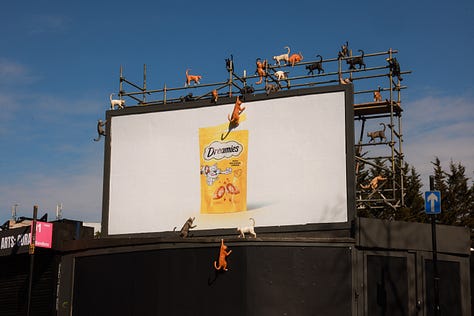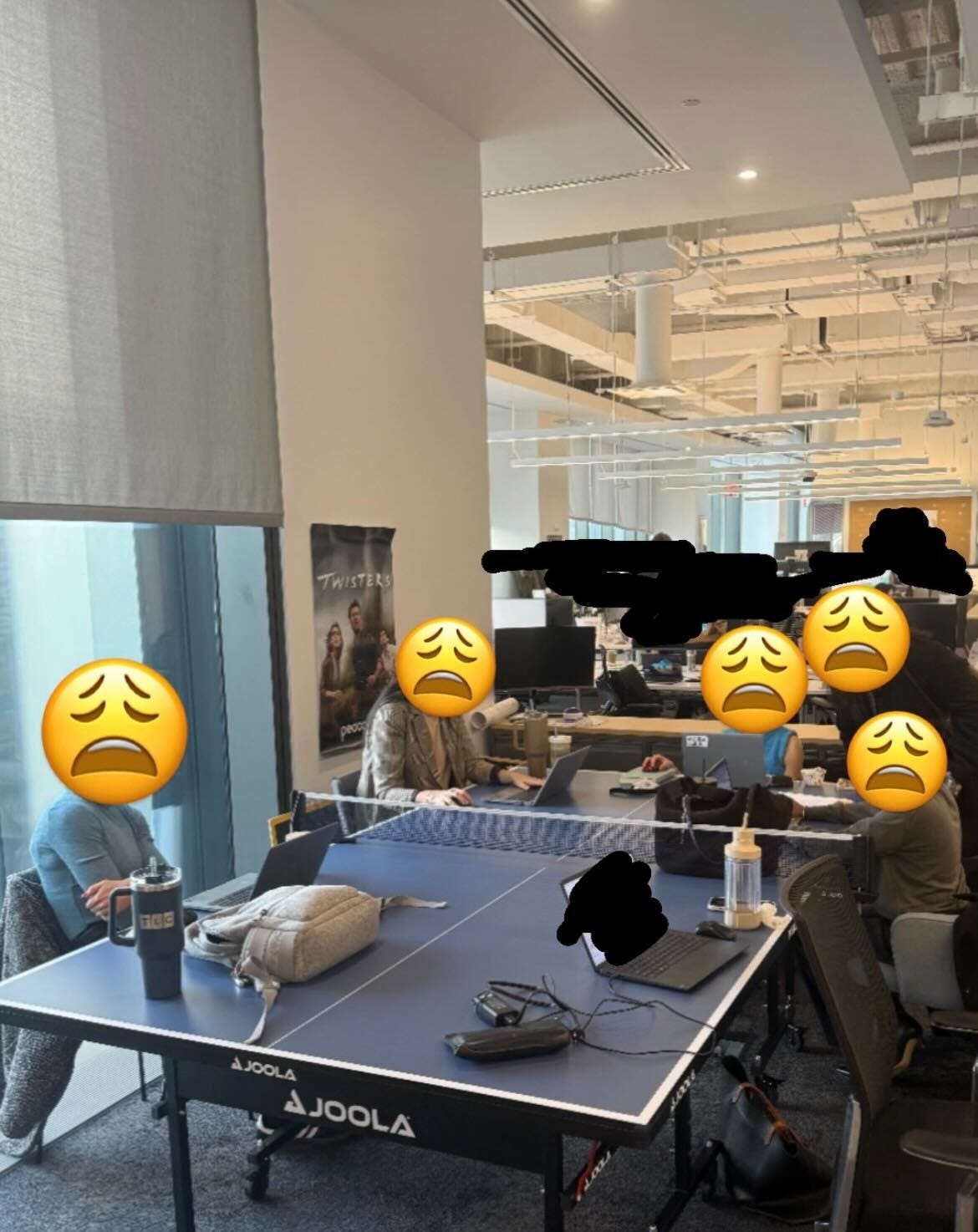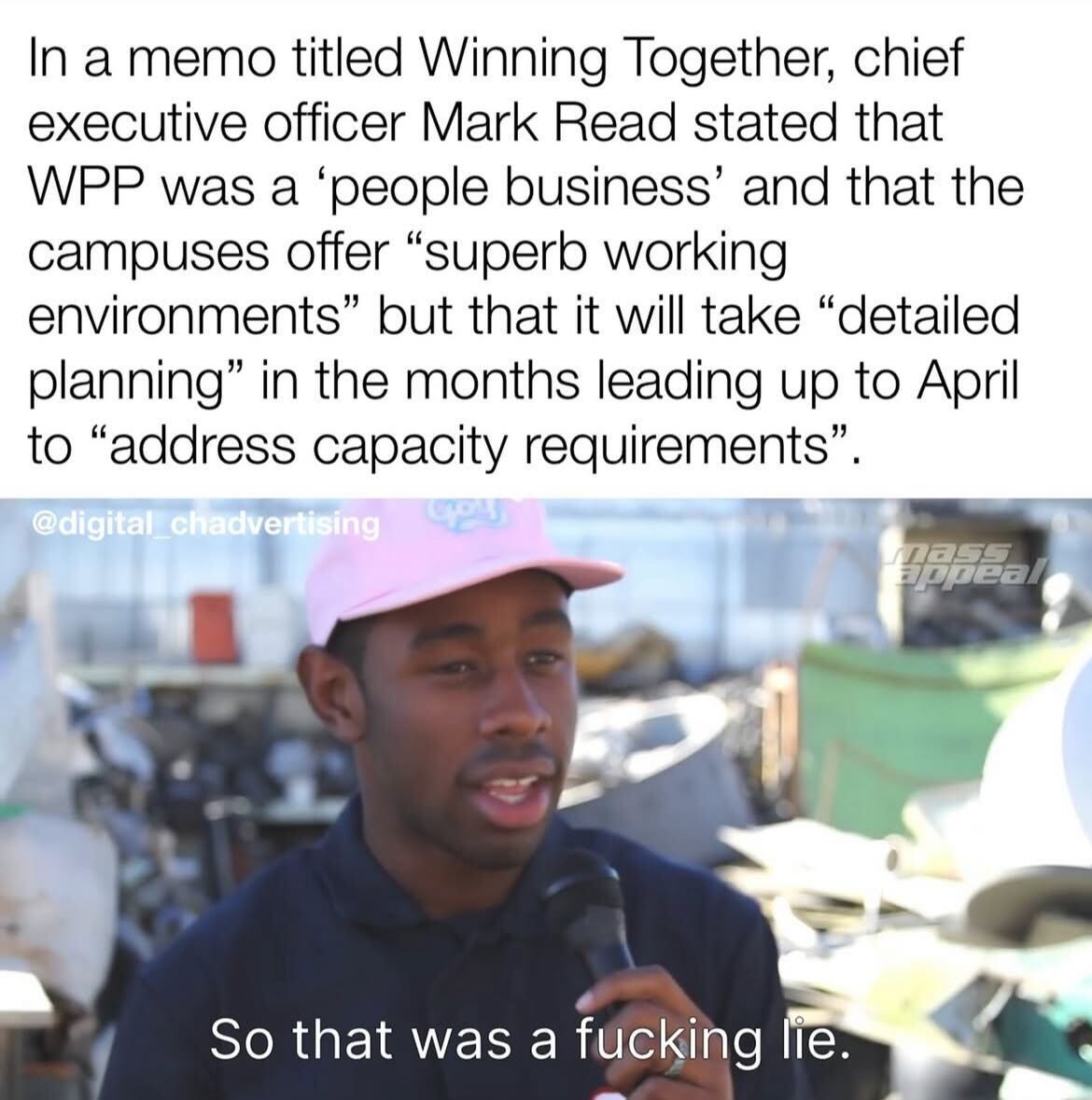On March 31- just one day before WPP’s return-to-office (RTO) mandate took effect - I published an investigation into what had really been happening behind the scenes at the holding company in the lead-up to the mass return.
Back in January, when I first reported on the RTO announcement, agency managers told me they felt blindsided, learning about the policy only hours before it went public.
At the time, CEO Mark Read framed the move in a memo to staff, calling WPP a “people business” and highlighting the company’s “superb working environments.” He also acknowledged that returning to offices would require “detailed planning” over the following months to address “capacity requirements.”
While Read described the shift as “key to our future growth and success,” employees shared a very different perspective: confusion, poor communication, and persistent concerns about logistics and workspace availability, none of which felt particularly conducive to growth.
By March, I reconnected with senior WPP staffers - who spoke on condition of anonymity - to get a clearer picture of how the RTO rollout was unfolding. They provided internal documents, including floor plans from VML’s Atlanta and New York offices, CEO emails, and even a recording of a recent Town Hall meeting. Together, these materials painted a chaotic and disorganized picture.
In VML Atlanta, for instance, employees were reportedly told to expect “ten people to a couch” and to use pantry areas as makeshift workspaces.
And now, this week, we’re seeing how that’s playing out in real time: staff using ping pong tables as desks, standing for hours at high tops, and somehow, there’s more milk in the fridge than actual chairs on the floor.
You can read my full report on The Drum here.
I am continuing to follow this story. If you do want to chat anonymously, you know where I am.
Advertising



A Dreamies campaign showcased hundreds of determined cats clawing their way up billboards, highlighting just how far the felines will go for the treats.
Across London, on Kingsland Road and Shoreditch’s Quaker Street, gangs of hungry cats appear to swarm buildings, scaling heights in pursuit of a giant Dreamies pack displayed on the posters.
The campaign’s cats were crafted from hand-painted fiberglass, with each feline designed using 3D renders inspired by real-life feline behavior.
German brand Deutsche Telekom is highlighting the very real and near impacts of climate change through a series of miniature towns and cities. The Miniatur Wunderland museum in Hamburg has been used as a backdrop to stage the campaign.
Through an interactive Augmented Reality application on-site, visitors can experience first hand the consequences of global warming. With 25 million visitors annually, the project encourages all of those people not to turn a blind eye.
Creative agency Don’t Panic has worked alongside the National Autistic Society to tell the story of a real-life father and daughter who have both been diagnosed with autism. ‘It’s How You Show Up’ depicts their day-to-day lives and is anchored by the father’s emotional voiceover.
Addressing his daughter, he reflects on his lifelong struggles being characterized as “sensitive,” “difficult,” and “different”. He sees the same in her but shares his hope that the world is changing and will show up for his daughter in ways it hasn’t yet for him.
Brand activation
Loewe’s first major brand exhibition, Crafted World, arrives in Tokyo from March 29 to May 11.
The curated showcase celebrates nearly 180 years of Loewe’s commitment to hand-crafted excellence, innovative design, and its distinctive, playful spirit.
The exhibition launches in the heart of Harajuku, Tokyo’s cultural and fashion epicenter.








